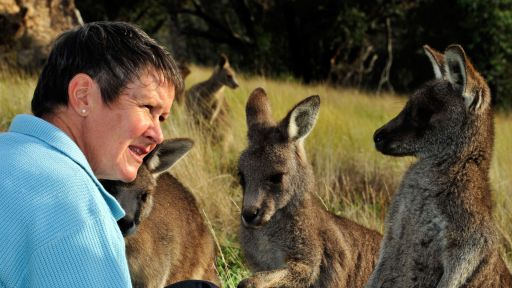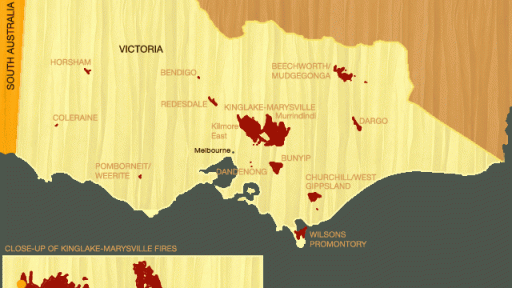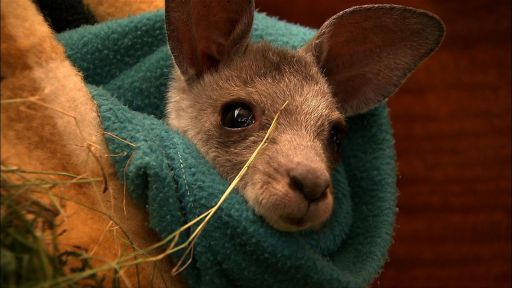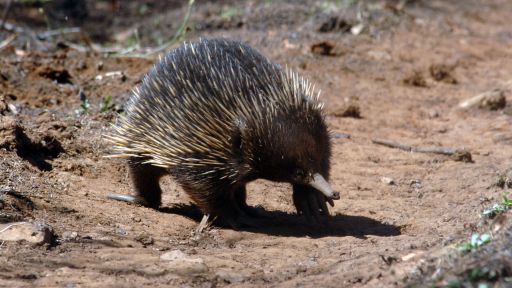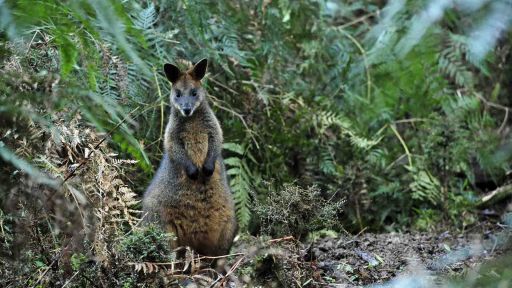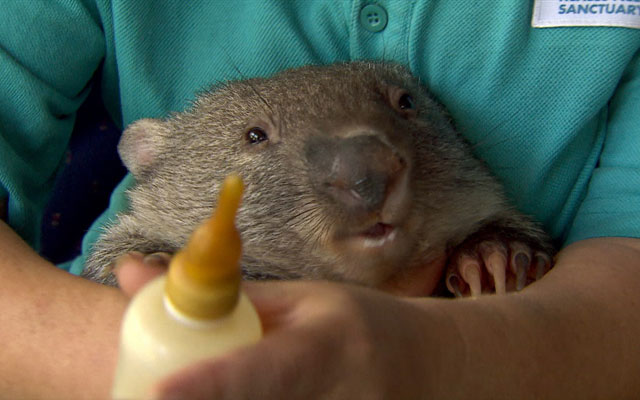
Class: Mammalia
Subclass: Marsupialia
Order: Diprotodontia
Family: Vombatidae
Genus and Species: Vombatus ursinus (common wombat), Lasiorhinus latifrons (Southern hairy-nosed wombat), Lasiorhinus krefftii (Northern Hairy-Nosed Wombat)
Subspecies: (of Vombatus ursinus): Vombatus ursinus hirsutus (Mainland Common Wombat), Vombatus Ursinus Tasmaniensis (Tasmanian wombat), Vombatus ursinus ursinus (Flinders Island wombat)
Diet: Wombats are completely herbivorous, eating grasses, plants, herbs, roots, bark, and mosses.
Habitat and Geography: Wombats live in the woodlands, coastlands, mountain forests, and shrublands of southeast Australia. The common wombat is widespread, populating Tasmania, New South Wales, Victoria, and South Australia. The northern hairy-nosed wombat is found only in Queensland, and the southern hairy-nosed wombat is found in a small region of the southern central coastline of Australia.
Size: Wombats are on average 3.3 feet (1 meter) long and weigh 55-88 lbs (25-40 kg).
Lifespan: Anywhere from 5 to over 30 years
Additional Facts:
- The wombat is the world’s largest burrowing animal and the second largest marsupial (after some species of kangaroo).
- The wombat has a rear-facing pouch. The backward-facing pouch is an advantage to a digging animal like the wombat, because it prevents the pouch from being filled with dirt.
- Wombats have long, thick claws which have evolved to allow them to become powerful diggers.
- Wombats are nocturnal and spend much of the day sleeping.
- Wombat burrows, which can be 10 to 100 feet (3 to 30 meters) long and 11.5 feet (3.5 meters) deep, are highly complex, with interconnecting tunnels, designated sleeping chambers, and sometimes several entrances and exits. Wombats have different burrows for different purposes. Some house only one or two wombats, some house family groups. Wombats may also be sociable, visiting each other’s burrows. The burrows are also sometimes used by other species, such as wallabies, rabbits, foxes, and lizards.

